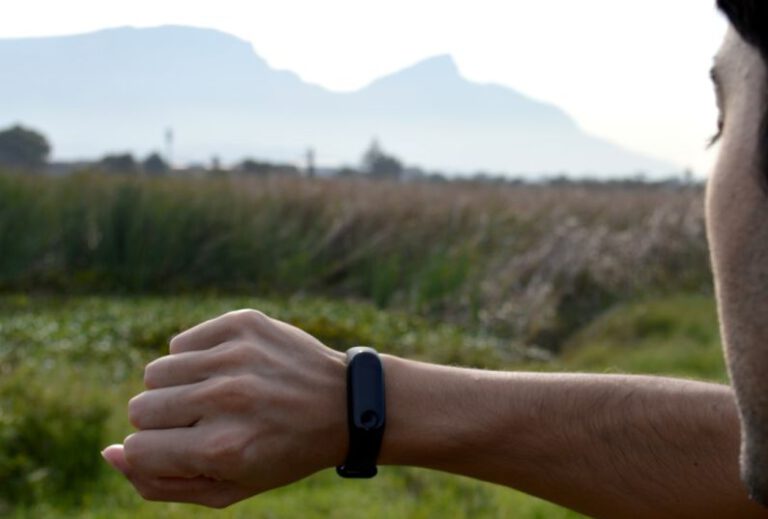Innovative Water Purification Technologies
Access to clean and safe water is a fundamental human need. With the increasing concerns over water pollution and scarcity, innovative water purification technologies have become crucial in ensuring the availability of potable water for all. These cutting-edge solutions offer efficient and sustainable methods to treat contaminated water sources, making them suitable for consumption and various other uses. Let’s explore some of the most promising innovative water purification technologies shaping the future of clean water access.
### Nanotechnology in Water Purification
Nanotechnology has emerged as a game-changer in the field of water purification due to its ability to remove contaminants at the nanoscale level. Nanomaterials such as nanoparticles and nanotubes have high surface area-to-volume ratios, enabling them to effectively adsorb pollutants like heavy metals, pathogens, and organic compounds from water. By harnessing the unique properties of nanomaterials, researchers have developed advanced filtration membranes and adsorbent materials that significantly enhance the efficiency of water treatment processes.
### Membrane Distillation
Membrane distillation is a novel water purification technique that utilizes a hydrophobic membrane to separate contaminants from water through a vapor phase process. Unlike traditional methods like reverse osmosis, membrane distillation operates at low temperatures, making it energy-efficient and suitable for treating brackish water and wastewater. The hydrophobic membrane allows water vapor to pass through while blocking liquid water and contaminants, resulting in high-purity water output. This innovative technology shows great potential for desalination and purification of impaired water sources.
### Electrochemical Water Treatment
Electrochemical water treatment involves the use of electrodes to induce chemical reactions that degrade and remove pollutants from water. By applying an electric current to the water, electrochemical processes like electrocoagulation and electrooxidation can efficiently eliminate a wide range of contaminants, including heavy metals, organic pollutants, and pathogens. This eco-friendly technology offers a sustainable solution for water purification without the need for additional chemicals, making it a cost-effective and environmentally friendly option for treating various water sources.
### Solar Water Disinfection
Solar water disinfection, also known as SODIS, is a simple yet effective method for purifying water using sunlight and PET bottles. By exposing water-filled transparent bottles to sunlight for a certain period, the UV radiation and heat from the sun deactivate and kill harmful microorganisms present in the water. SODIS is particularly suitable for rural communities and emergency situations where access to clean water is limited. This low-cost and easy-to-implement technology has been proven to significantly improve water quality and reduce waterborne diseases in resource-constrained regions.
### Forward Osmosis
Forward osmosis is a promising water purification process that mimics the natural osmotic process to remove contaminants from water. In forward osmosis, a concentrated solution with a high osmotic pressure is used to draw water through a semi-permeable membrane, separating clean water from pollutants. This innovative technology is energy-efficient and capable of treating challenging water sources such as industrial wastewater and seawater. Forward osmosis shows great potential for applications in water reuse, desalination, and resource recovery, offering a sustainable solution for addressing water scarcity issues.
### Closing Thoughts
Innovative water purification technologies play a critical role in safeguarding public health and preserving water resources for future generations. From nanotechnology to membrane distillation and solar water disinfection, these cutting-edge solutions offer efficient, sustainable, and cost-effective methods to treat contaminated water sources and ensure access to clean and safe water worldwide. By harnessing the power of innovation and research, we can address the challenges of water pollution and scarcity, paving the way for a more sustainable water future for all.






